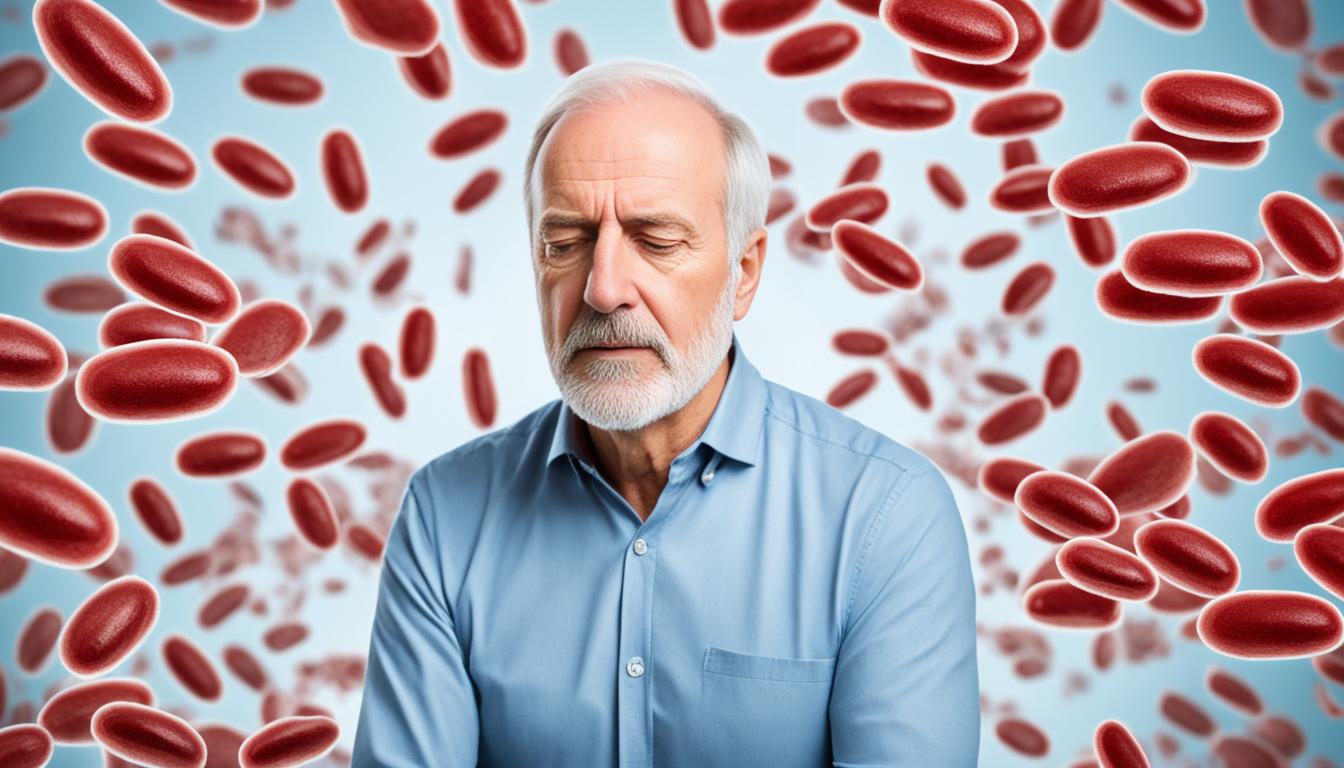Thalassemia is a blood disorder you inherit. It affects how much hemoglobin your body makes. Hemoglobin carries oxygen, so having too little can make you feel tired and weak. You might also look pale or yellow, grow slowly, have a swollen belly, and pass dark urine.
This disease comes in different types, like alpha and beta thalassemia. The kind and number of symptoms you get depend on your genes. If your parents pass on mutated hemoglobin genes, you’re at risk.
If your family comes from places like Africa, the Mediterranean, or Southeast Asia, you might be more likely to get thalassemia. Doctors find it with blood tests, like a complete blood count (CBC) or hemoglobin electrophoresis.
Doctors treat thalassemia in a few ways. You might need regular blood transfusions. Chelation therapy can help with too much iron. For some, a stem cell or bone marrow transplant is an option.
There’s no way to prevent thalassemia, but genetic testing can alert you before symptoms show. This information can guide family planning decisions. Stem cell treatments show promise for the future of thalassemia care.
Key Takeaways:
- Thalassemia reduces your hemoglobin levels, affecting oxygen transport in the blood.
- This can make you feel tired, weak, and look pale or yellow. Other symptoms are common too.
- Alpha and beta thalassemia are the main types. Their effects vary based on your inherited genes.
- Genetic tests can help spot gene carriers. This is key for planning a family.
- Treatments include blood transfusions, chelation, and potentially stem cell therapies. Symptom control is important too.
Symptoms and Diagnosis of Thalassemia
Thalassemia is a genetic blood disorder. It may show up with different symptoms. The signs can be different for each person, depending on the type and how serious it is.
Symptoms include being very tired or weak. Skin can look pale or yellow. There might be issues with the face, slow growth, or a swollen belly. Dark urine is also a possible sign.
Remember, these symptoms aren’t just for thalassemia. If you or your child shows these signs, see a doctor. They need to check it out to be sure.
To diagnose thalassemia, doctors do blood tests. These often look at the blood’s hemoglobin levels. They also search for any unusual types of hemoglobin that could mean thalassemia.
Sometimes, genetic tests are done. These can find the exact gene changes linked to thalassemia. Knowing this helps figure out the type and how to treat it.
It’s key to catch thalassemia early. If thalassemia is suspected, talking to a doctor is very important. This leads to a clear diagnosis and the right care.
Visual Representation of Thalassemia Symptoms
| Symptoms | Description |
|---|---|
| Fatigue | Feeling tired and lacking energy. |
| Weakness | Lack of strength or vigor. |
| Pale or yellowish skin | Unusually pale or yellowish skin coloration. |
| Facial bone deformities | Malformation or abnormal growth of facial bones. |
| Slow growth | Slower than average growth rate in children. |
| Abdominal swelling | Enlargement or bloating of the abdomen. |
| Dark urine | Urine that appears dark in color. |
Causes and Treatment of Thalassemia
Thalassemia is a blood disorder caused by changes in our genes. These changes affect making hemoglobin. You can get alpha or beta thalassemia, depending on which part of the hemoglobin is changed. How serious the disease is depends on how many changed genes you get from your parents.
To fight thalassemia, doctors have a few treatments. People with thalassemia may need blood from donors to help with anemia. They might also have to take medicine to lower the extra iron in their bodies. If it’s really bad, getting new stem cells or bone marrow might be the answer. This can cure the disease and make life better in the long run.
Stem cell therapy is an exciting new way to treat thalassemia. It uses cells from someone else’s bone marrow that match. These cells can turn into red blood cells, giving someone with thalassemia a new chance at health. Although we can’t stop thalassemia from happening, talking to a genetic counselor before having children can help. They can provide information to make sure your kids are healthy.
Having thalassemia means you need to eat well, see the doctor often, and keep up with shots. If you take good care of yourself and have access to the best treatments, you can live a full life. Remember, staying healthy is all about taking care of yourself, getting help when you need it, and keeping up with your medical care.

